Radiological Situation in the Area of the Former Radium Mine "Tuya-Muyun". Large Barite Cave.
Coordinates: 40.353084, 72.597273
The Tuyamuyun massif is a latitudinally elongated block of Lower Carboniferous massive limestones, up to 600 m wide. The limestones are almost vertically inclined, broken into blocks, marbleized, brecciated, and cut by calcite veins. They are trapped between Paleozoic strata of interbedded rocks (carbonaceous and clayey shales, sandstones, siliceous shales, effusive rocks), separated from them by faults. The surface of the massif represents a gently sloping plateau to the north, with an average absolute height of 1400 m. The Aravan River cuts through the massif, forming a narrow canyon called Dangi, approximately 300 m deep. The exposed karst of the massif is represented only by enlarged cracks and small niches.
It has been established that the Teo-Muyun deposit is a system of tubular and cave-like cavities of karst type formed by the ore body. The large underground forms are represented by five caves, as well as several small fragments of cavities, partially or completely filled in as a result of mining and geological work at the Teo-Muyun mine. The first domestic standard of radium was made from Tuyamuyun ore due to the absence of thorium contamination. The extraction of the deposit was carried out underground and was halted due to the abundance of groundwater at a depth of 220 m. Later, on May 9, 1977, a speleologist discovered caves known as Pobeda, Fersman, Bolshaya Baritovaya, Azhidaar-Unkur, and Chon-Unkur, which attract tourists.
By the end of the 1950s, it was depleted and closed, with the entrances to the adits being blown up or sealed. Often, mine shafts, tunnels, and adits remained open and accessible to the local population and livestock. The dumps of waste rock and poor ores, as well as tailings, often remain uncovered and are exposed to adverse weather conditions. Rain and groundwater entering the mine systems, dumps, and landfills become contaminated and can then be used as drinking water or irrigation water. The radiation hazard was posed only by cavities passing close to ore bodies containing radioactive minerals or hydrothermal cavities filled with such minerals. For example, in 1989, during the work in Fersman Cave, where the first radium in the USSR was discovered, the International Tuyamuyun Expedition had to issue radiation control cards to all participants.
For the information of those visiting Fersman Cave, during radiometric measurements, it was found that all shelves before the main large wells radiate three times stronger than the main background of the cave, up to 900 mR/h. Somewhere at a depth of 150 meters in the adit leading to the central shaft, red clay collapsed (it was not there until 2006); keep away from it, as the last scale of the 10,000 instrument was off the charts. This is very dangerous.
In modern times, Mount "Akademicheskaya" conceals a labyrinth of workings from ancient miners, mines, and shafts of the radium mine, as well as natural karst cavities. One of the adits of the mine leads to "Fersman Cave." All of this attracts speleologists and tourists. On the slopes of the mountain, residents of the neighboring village graze their herds. But few know about the dangers awaiting people here. For many thousands of years, the dumps of the mine will continue to "glow." All entrances to the underground labyrinths of Tuyamuyun are open; anyone can climb in, whether for scrap metal or simply out of curiosity. Unfortunately, when the mine was closed in the difficult forties of the last century, little thought was given to the people who would have to live in this area, near the hazardous waste of the atomic age.
Control over the radiation situation in the area of the former radium mine has been conducted for many years by the radiological laboratory of the Osh regional sanitary and epidemiological station. The condition of the rock dumps is checked annually to prevent their use for construction purposes: the gamma background over the dumps is elevated and ranges from 80 to 150 µR/hour, with individual samples of ore-bearing rock giving up to 500 µR/hour at the surface. Measurements are regularly taken using the geological search radiometer SRP-68, which undergoes state calibration annually. Local authorities are regularly given recommendations and orders regarding the need to close all entrances to the mining structures of Tuyamuyun, isolate the dumps, and warn local residents and tourists about the radiation hazard in the area.
Chemical analyses of water flowing from the drainage adit of the former mine located at the entrance to the Aravan-Say gorge and water from the river sampled above and below the mine showed no uranium contamination. Measurements of the content of the radioactive gas radon, a decay product of radium, in the water and in the adits of the former mine were conducted using the SG-1M electrometer. There is no radon in the water, but its concentration in the air of the adits is elevated, ranging from 2x10^-10 Ci/L to 5x10^-10 Ci/L (7-19 Bq/L) (PDU=0.1 Bq/L). Thus, the main danger for people in the area of the former mine today comes from the open entrances to the mining structures and the unsealed dumps of rock. And until these issues are resolved, we cannot forget about the former radium mine Tuyamuyun and its history.
The above-mentioned objects "pose serious risks to the environment and public health, including physical risks to people or animals and radiological and toxicological risks associated with living in close proximity to contaminated materials remaining on the sites.
The Tuyamuyun massif is a latitudinally elongated block of Lower Carboniferous massive limestones, up to 600 m wide. The limestones are almost vertically inclined, broken into blocks, marbleized, brecciated, and cut by calcite veins. They are trapped between Paleozoic strata of interbedded rocks (carbonaceous and clayey shales, sandstones, siliceous shales, effusive rocks), separated from them by faults. The surface of the massif represents a gently sloping plateau to the north, with an average absolute height of 1400 m. The Aravan River cuts through the massif, forming a narrow canyon called Dangi, approximately 300 m deep. The exposed karst of the massif is represented only by enlarged cracks and small niches.
It has been established that the Teo-Muyun deposit is a system of tubular and cave-like cavities of karst type formed by the ore body. The large underground forms are represented by five caves, as well as several small fragments of cavities, partially or completely filled in as a result of mining and geological work at the Teo-Muyun mine. The first domestic standard of radium was made from Tuyamuyun ore due to the absence of thorium contamination. The extraction of the deposit was carried out underground and was halted due to the abundance of groundwater at a depth of 220 m. Later, on May 9, 1977, a speleologist discovered caves known as Pobeda, Fersman, Bolshaya Baritovaya, Azhidaar-Unkur, and Chon-Unkur, which attract tourists.
By the end of the 1950s, it was depleted and closed, with the entrances to the adits being blown up or sealed. Often, mine shafts, tunnels, and adits remained open and accessible to the local population and livestock. The dumps of waste rock and poor ores, as well as tailings, often remain uncovered and are exposed to adverse weather conditions. Rain and groundwater entering the mine systems, dumps, and landfills become contaminated and can then be used as drinking water or irrigation water. The radiation hazard was posed only by cavities passing close to ore bodies containing radioactive minerals or hydrothermal cavities filled with such minerals. For example, in 1989, during the work in Fersman Cave, where the first radium in the USSR was discovered, the International Tuyamuyun Expedition had to issue radiation control cards to all participants.
For the information of those visiting Fersman Cave, during radiometric measurements, it was found that all shelves before the main large wells radiate three times stronger than the main background of the cave, up to 900 mR/h. Somewhere at a depth of 150 meters in the adit leading to the central shaft, red clay collapsed (it was not there until 2006); keep away from it, as the last scale of the 10,000 instrument was off the charts. This is very dangerous.
In modern times, Mount "Akademicheskaya" conceals a labyrinth of workings from ancient miners, mines, and shafts of the radium mine, as well as natural karst cavities. One of the adits of the mine leads to "Fersman Cave." All of this attracts speleologists and tourists. On the slopes of the mountain, residents of the neighboring village graze their herds. But few know about the dangers awaiting people here. For many thousands of years, the dumps of the mine will continue to "glow." All entrances to the underground labyrinths of Tuyamuyun are open; anyone can climb in, whether for scrap metal or simply out of curiosity. Unfortunately, when the mine was closed in the difficult forties of the last century, little thought was given to the people who would have to live in this area, near the hazardous waste of the atomic age.
Control over the radiation situation in the area of the former radium mine has been conducted for many years by the radiological laboratory of the Osh regional sanitary and epidemiological station. The condition of the rock dumps is checked annually to prevent their use for construction purposes: the gamma background over the dumps is elevated and ranges from 80 to 150 µR/hour, with individual samples of ore-bearing rock giving up to 500 µR/hour at the surface. Measurements are regularly taken using the geological search radiometer SRP-68, which undergoes state calibration annually. Local authorities are regularly given recommendations and orders regarding the need to close all entrances to the mining structures of Tuyamuyun, isolate the dumps, and warn local residents and tourists about the radiation hazard in the area.
Chemical analyses of water flowing from the drainage adit of the former mine located at the entrance to the Aravan-Say gorge and water from the river sampled above and below the mine showed no uranium contamination. Measurements of the content of the radioactive gas radon, a decay product of radium, in the water and in the adits of the former mine were conducted using the SG-1M electrometer. There is no radon in the water, but its concentration in the air of the adits is elevated, ranging from 2x10^-10 Ci/L to 5x10^-10 Ci/L (7-19 Bq/L) (PDU=0.1 Bq/L). Thus, the main danger for people in the area of the former mine today comes from the open entrances to the mining structures and the unsealed dumps of rock. And until these issues are resolved, we cannot forget about the former radium mine Tuyamuyun and its history.
The above-mentioned objects "pose serious risks to the environment and public health, including physical risks to people or animals and radiological and toxicological risks associated with living in close proximity to contaminated materials remaining on the sites.
The research was conducted with the support of the Global Greengrants Fund (GGF), one of the leading donor organizations in the world supporting the efforts of ordinary people to protect the planet Earth.
#GlobalGreengrantsFund #GreengrantsFund #Greengrants #GGF #GlobalGreengrantsFund
#GlobalGreengrantsFund #GreengrantsFund #Greengrants #GGF #GlobalGreengrantsFund

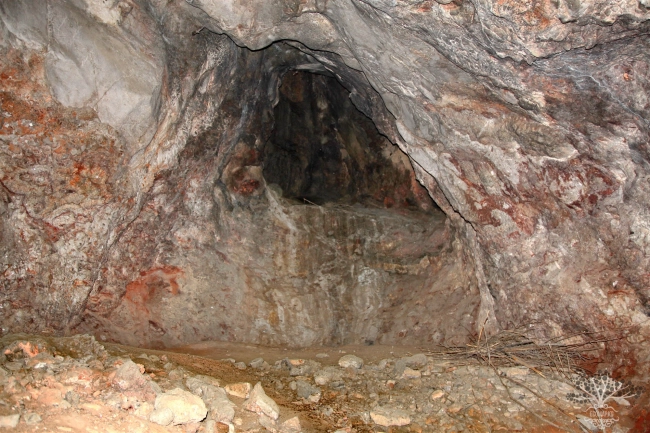
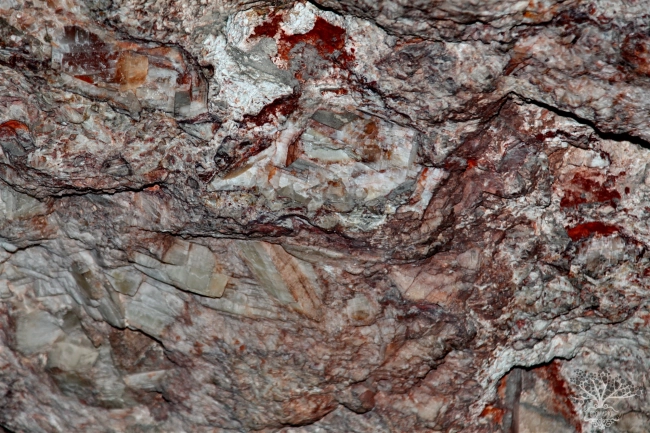
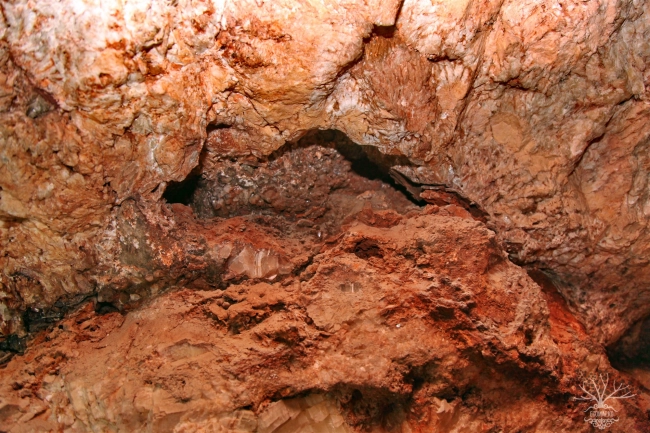
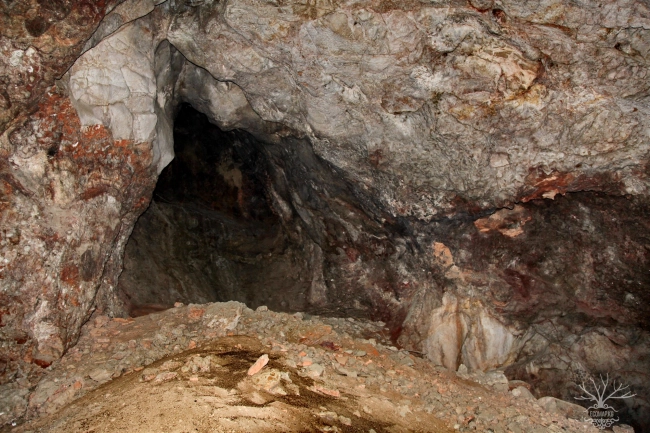
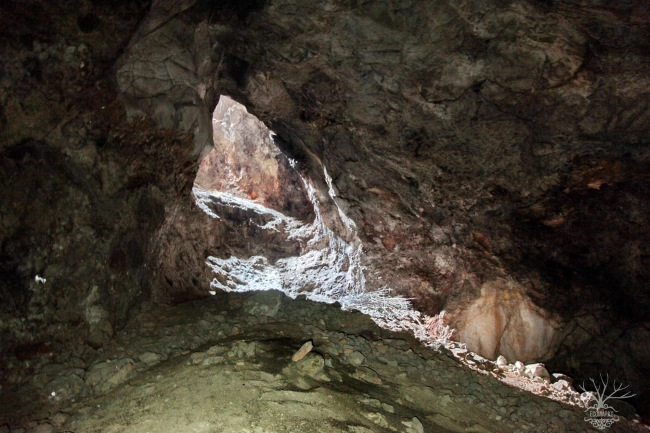
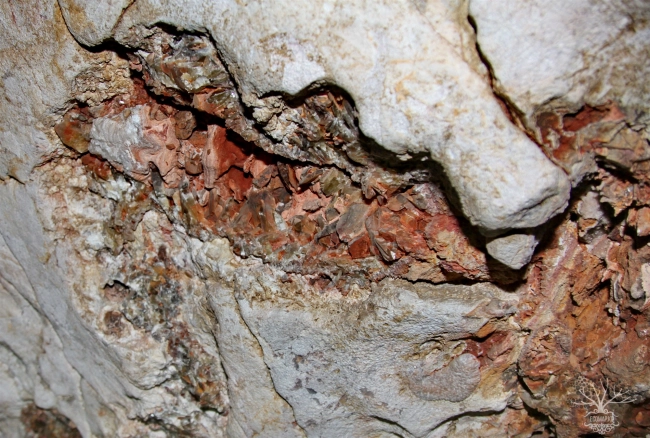

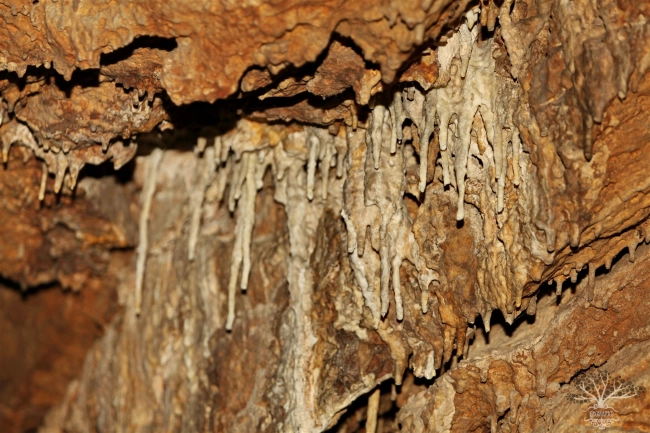


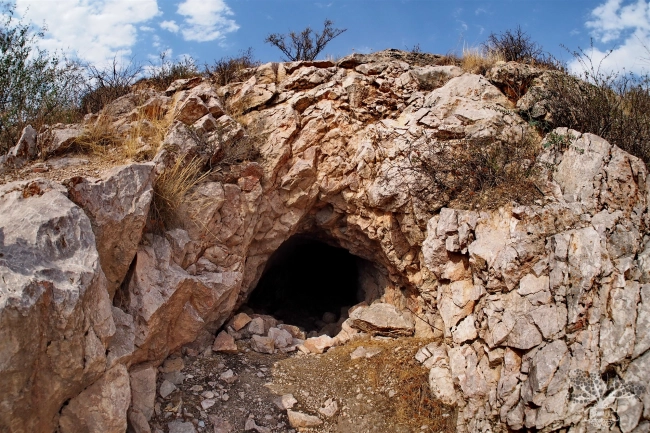


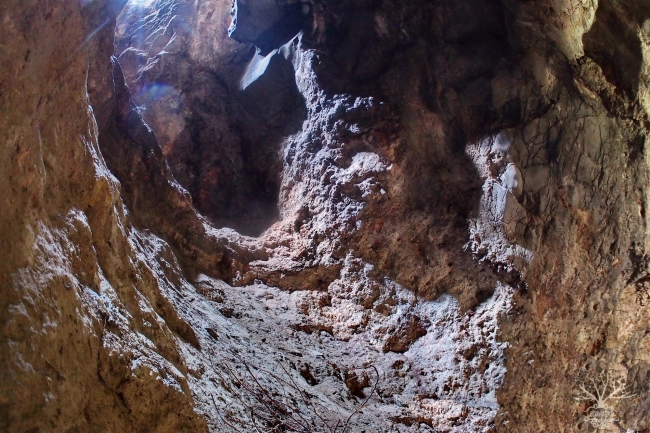
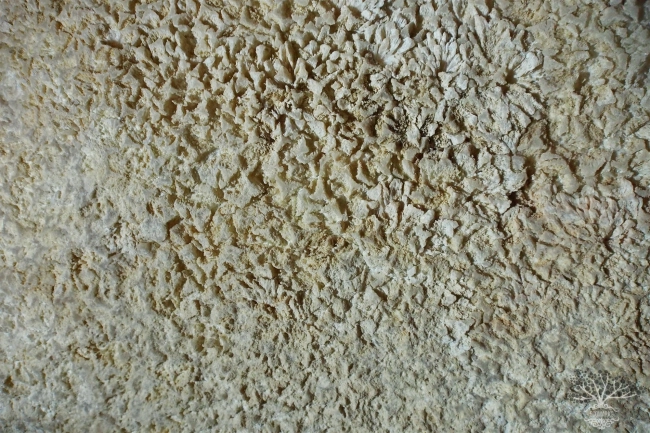
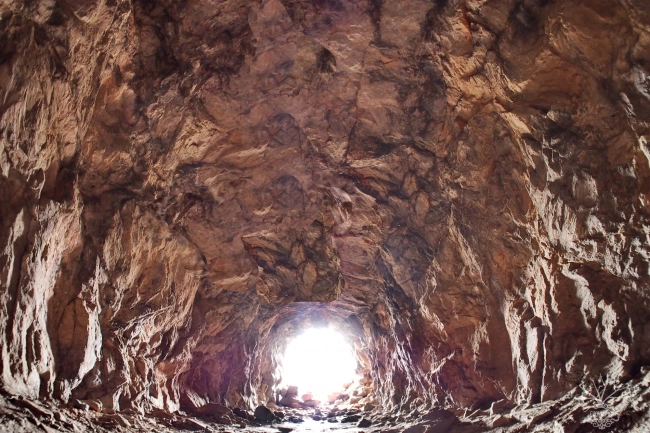
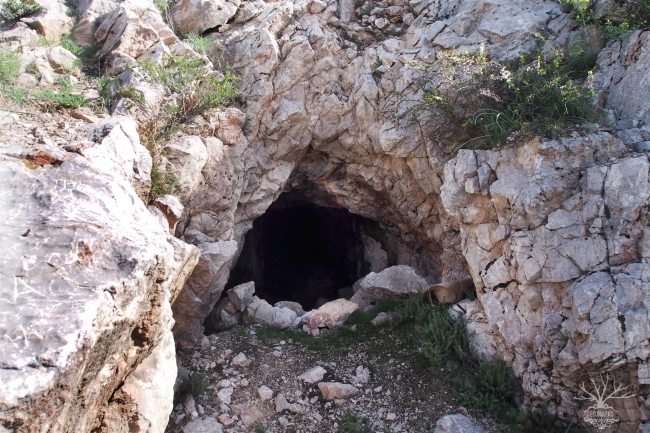
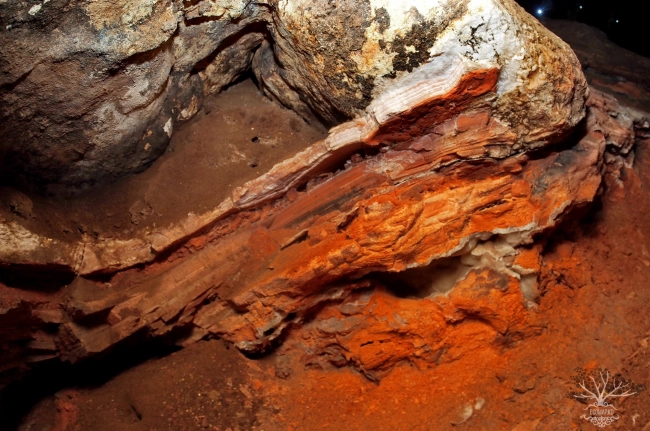
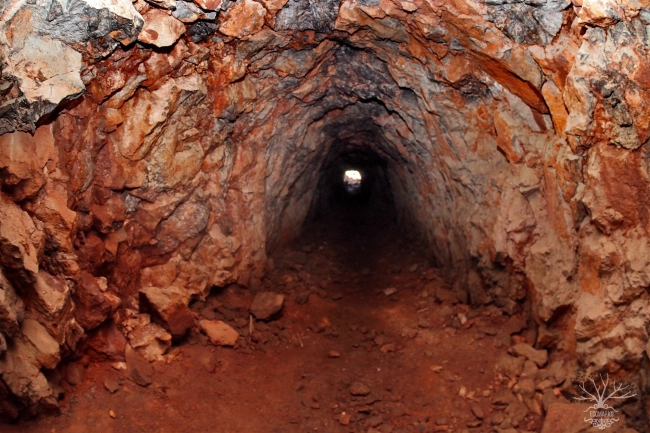

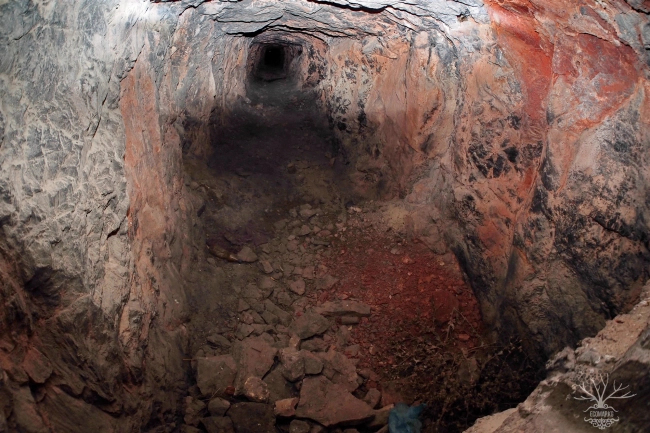



















Attention: Information based on submitted complaints